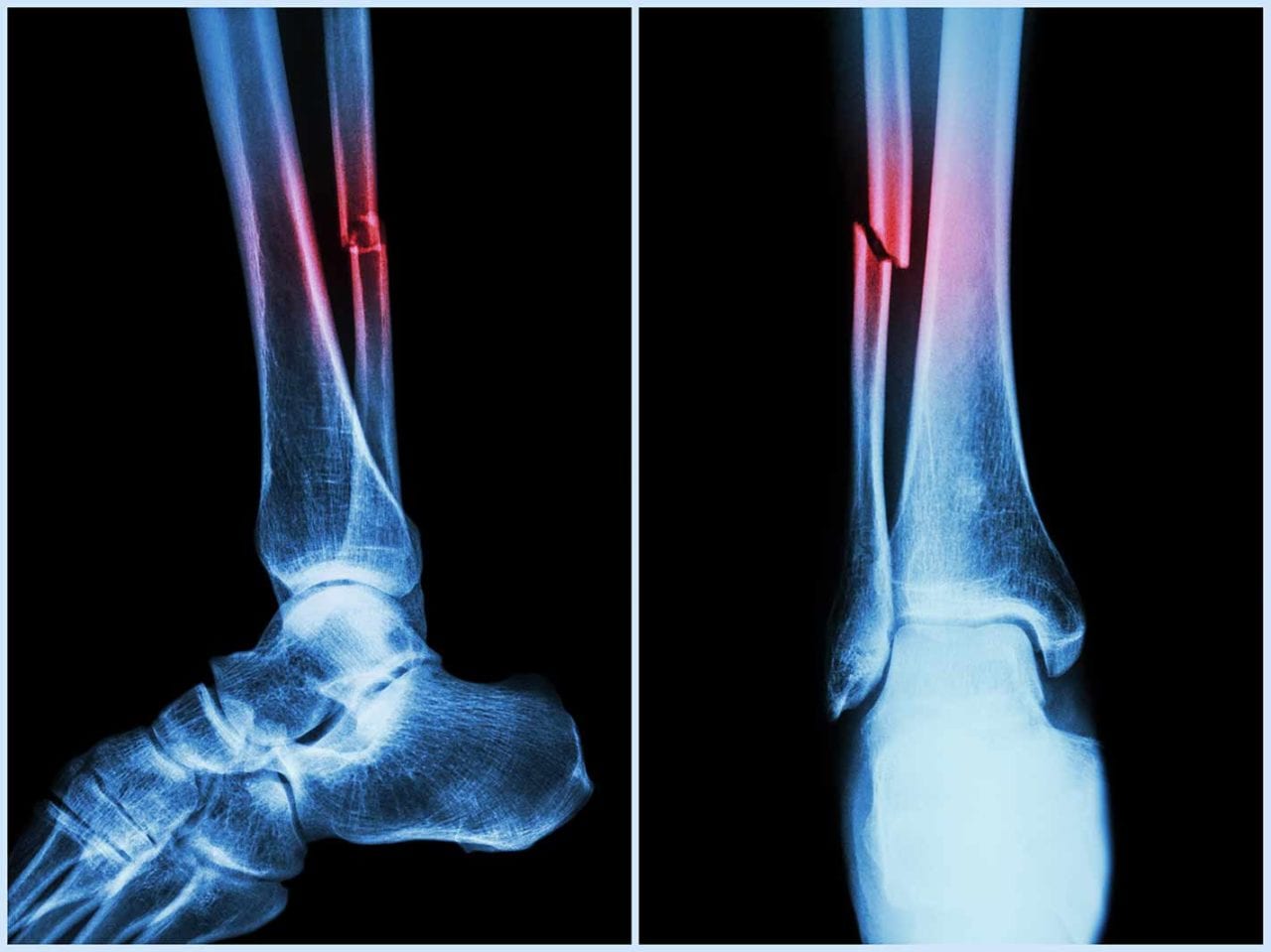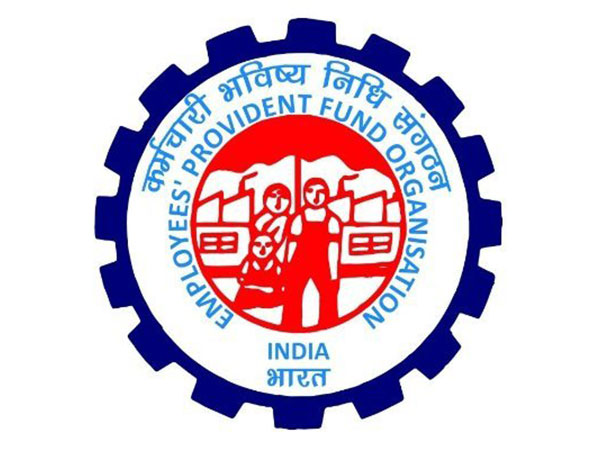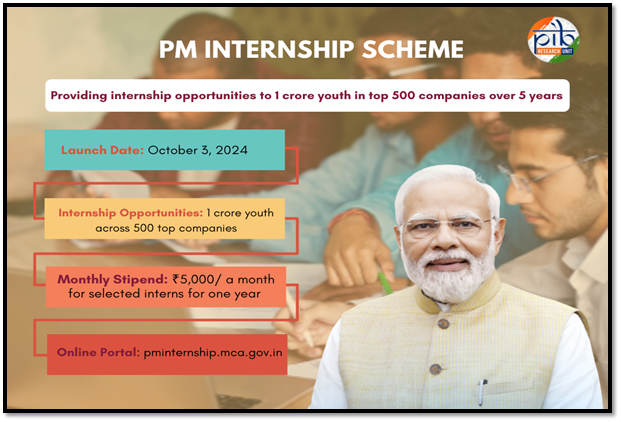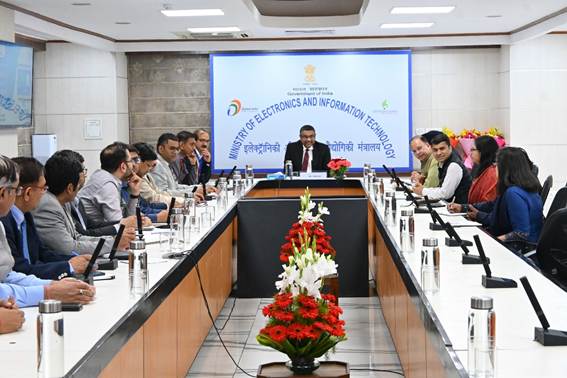A team of researchers from Australia and Canada has developed an advanced machine learning algorithm that can swiftly detect heart disease and fracture risks using standard bone density scans.
The innovation, created by scientists at Edith Cowan University (ECU) in Australia and the University of Manitoba in Canada, promises earlier and more comprehensive diagnoses during routine osteoporosis screenings. The goal is to improve health outcomes for millions of older adults, according to Xinhua news agency.
The automated system analyses vertebral fracture assessment (VFA) images to identify abdominal aortic calcification (AAC)—a significant marker associated with heart attacks, strokes, and falls.
Traditionally, evaluating AAC requires five to six minutes per image by a trained expert. However, the new algorithm reduces this time to under a minute, allowing thousands of images to be processed efficiently and making large-scale screening more practical.
Cassandra Smith, a research fellow at ECU, noted that approximately 58 per cent of older women undergoing routine bone scans were found to have moderate to high levels of AAC—many of whom were unaware of their heightened cardiovascular risk.
“Women are recognised as being under-screened and under-treated for cardiovascular disease,” Smith said. “AAC presents no symptoms, and without targeted screening, it often goes undetected. By applying this algorithm during bone density scans, we significantly increase the chances of diagnosis.”
Further research by ECU’s Marc Sim revealed that AAC is not just a cardiovascular risk marker but also a strong predictor of falls and fractures—outperforming traditional indicators such as bone mineral density and history of previous falls.
“The greater the calcification in your arteries, the higher your risk of falling and fracturing bones,” Sim explained. “Vascular health is typically overlooked during fall risk assessments. This algorithm has the potential to change that.”
Sim added that integrating this AI tool into routine bone scans could offer clinicians valuable insights into a patient’s vascular condition—an often under-recognised factor in fall and fracture risk.
— IANS




















